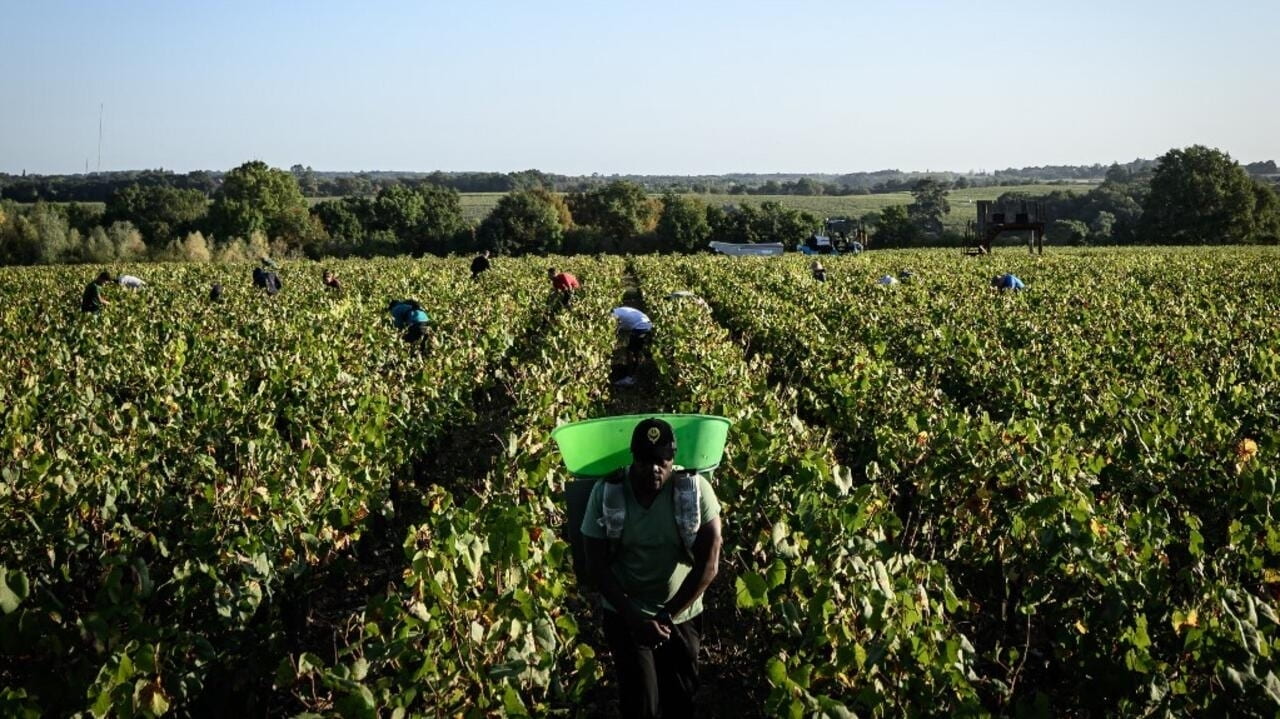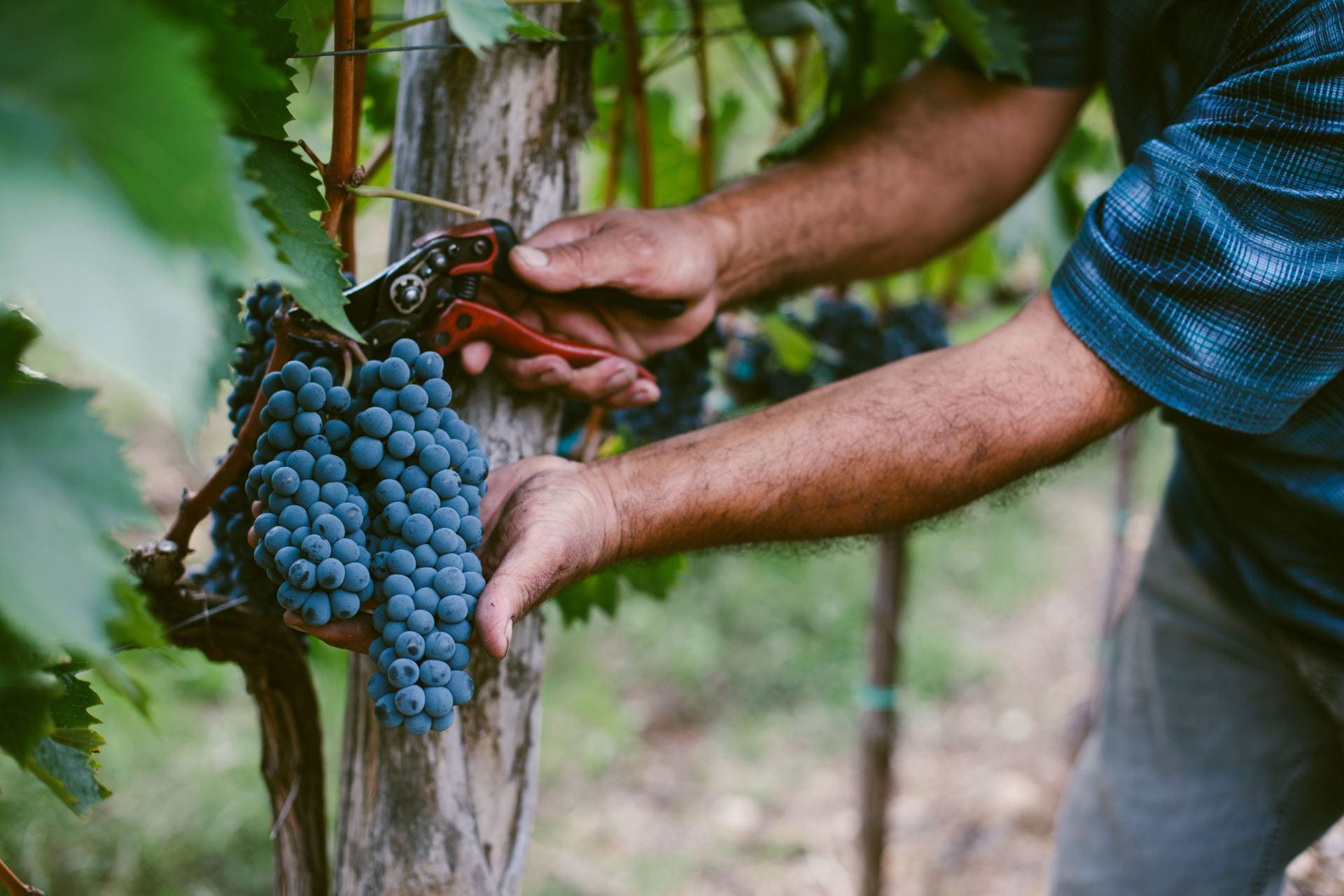It is May of 1980. It was already the 6th and last day of the Gwangju citizens resisting the military coup of the dictator Chun Doo-hwan. Having faced massacres, executions, military forces, and endless indiscriminate and inhumane firings aimed at them, it was unity and dedication that held them strong. After this 6th day, however, their protest will be put to an end by military tanks and an uncalculated count of casualties.
It is now March 2025, but just three months ago, on that same massacre site, the largest Gwangju newspapers blocked their newsrooms in a hurry to print copies and throw them out the windows in case paratroopers force in, as they did in 1980. A surviving child of May 1980, now in her 70s, tells others of her generation to risk their lives on the front lines to protect the younger generations on a social media platform, X.
Details of the Gwangju Uprising tragedies remain unknown to this day; however, the current events of modern-day South Korea are open for the world to see.
The Day of Chaos
At 10:30 p.m. (KST) on December 3rd, 2024, Yoon Suk-yeol, the president of South Korea, left a televised address to the public, and for the first time in 44 years, martial law was declared in the country. A decree that suspended freedoms of speech, assembly, and press, as well as all political activities, warranted arrests and rights in the face of military authority and decisions. This decree inevitably challenged and threatened the human rights and freedoms of Korean citizens. According to Yoon, the justifications for this choice are efforts by the opposition party to impeach his cabinet and obstruct the government budget, as well as vague communist threats from North Korea. Justifications that Human Rights Watch refers to as “ludicrous”.
By 10:42 p.m., an emergency meeting was called by the National Assembly, the only body that could overturn martial law. However, before the entry gates would close at 11:04 p.m., armed military special forces lined up outside in order to arrest political leaders and prevent a majority vote from overturning the decree. In the face of fear, uncertainty, and potential violence, the South Korean population, once again, came together. Many rushed out of their homes in the middle of the cold December night towards the National Assembly to clasp hands, create a barricade against soldiers and large military vehicles, and provide passage to the political officials.

A 63-year-old, Lee Hyun-gyu, stated, “I experienced martial law in 1979…I spent three and a half hours at the rally to block this from happening again to the next generation”. The night of December 3rd quickly ignited memories of May 1980 in many of the older generation. Memories of violence, pain, grief, and loss aimed to attain pure and blind compliance. Memories of having their well-being, lives, autonomy, and basic rights stolen. Memories they refused to let themselves or others live through again.
A spokesperson for an opposition party, Ahn Gwi-ryeong, grabbed and pushed away the barrel of a weapon pointed at her and yelled, “Are you not ashamed? Are you not ashamed?”. An act of courage that quickly became a viral video.
With the support of the general public, 190 lawmakers were able to enter the building in time and overturned martial law under Article 77 of the constitution unanimously, including members of Yoon’s own party. A few days later, the matter was finally addressed.
Impeachment
On December 11th, Yoon addressed the night in his speech and denied giving orders to prevent the lifting of martial law. In contradiction, Colonel Kin Hyun-tae, leader of the special forces stationed on the night of the 3rd, states he received orders to stop at least 150 National Assembly members from entering, the exact number needed to overturn martial law, from senior commanders. Cho Ji-ho, the national police force head, states he was asked to locate and detain 15 people, including political leaders, by the armed forces. The former deputy director of the National Intelligence Service states he received an order to arrest several political leaders, broadcasters, a union official, a judge who previously ruled in favor of Yoon’s opponent, and a former chief justice of the Constitutional Court.

On December 14th, a motion for impeachment was passed. Although Yoon continues to preside over the presidential seat, he has lost his powers. The motion was passed with the charges of ordering military and police forces to prevent voting that would overturn martial law, aiming to take over the National Election Committee, and arresting political and judicial leaders. Beginning on the 14th, the Constitutional Court has 180 days to move forward with the impeachment based upon a series of hearings.
The Trial Begins
Yoon did not show up for the first hearing on January 14th due to health concerns, according to his lawyer. His absence ended the hearing in four minutes. The following day, Yoon became the first president of the nation to have been detained. After hours of questioning, he was taken directly from his residence by anti-corruption officials under charges of insurrection and abuse of power.
Since then, the sitting president has been present at the following hearings, and he continues to deny any tampering attempts on the voting of December 3rd despite military witnesses and statements that say otherwise.
Moving Forward
As we’ve moved through February, final hearings have been undergone, with a ruling expected in mid- or late March. Impeachment will require the favor of six out of the eight Constitutional Court judges. And if impeachment is the decision, an election must occur within 60 days. We hope that the final decision will lead to the restoration of the nation’s economic, social, and political crisis since the failed martial law.
December 3rd was a night of fright that ignited feelings of uncertainty and fear. An attempt to compromise the human rights of the South Korean population under vague justifications. Hence, it is important to acknowledge the actions of that night to prevent another. There are various methods of support you can consider. This includes keeping yourself updated on the ongoing events, supporting civic groups such as Global Candlelight Action that have held peaceful rallies, and spreading awareness on the impeachment trials and the role of the Constitutional Court.

Though these efforts may seem minor, they can showcase tremendous support and concern for the rights of the South Korean population.

































